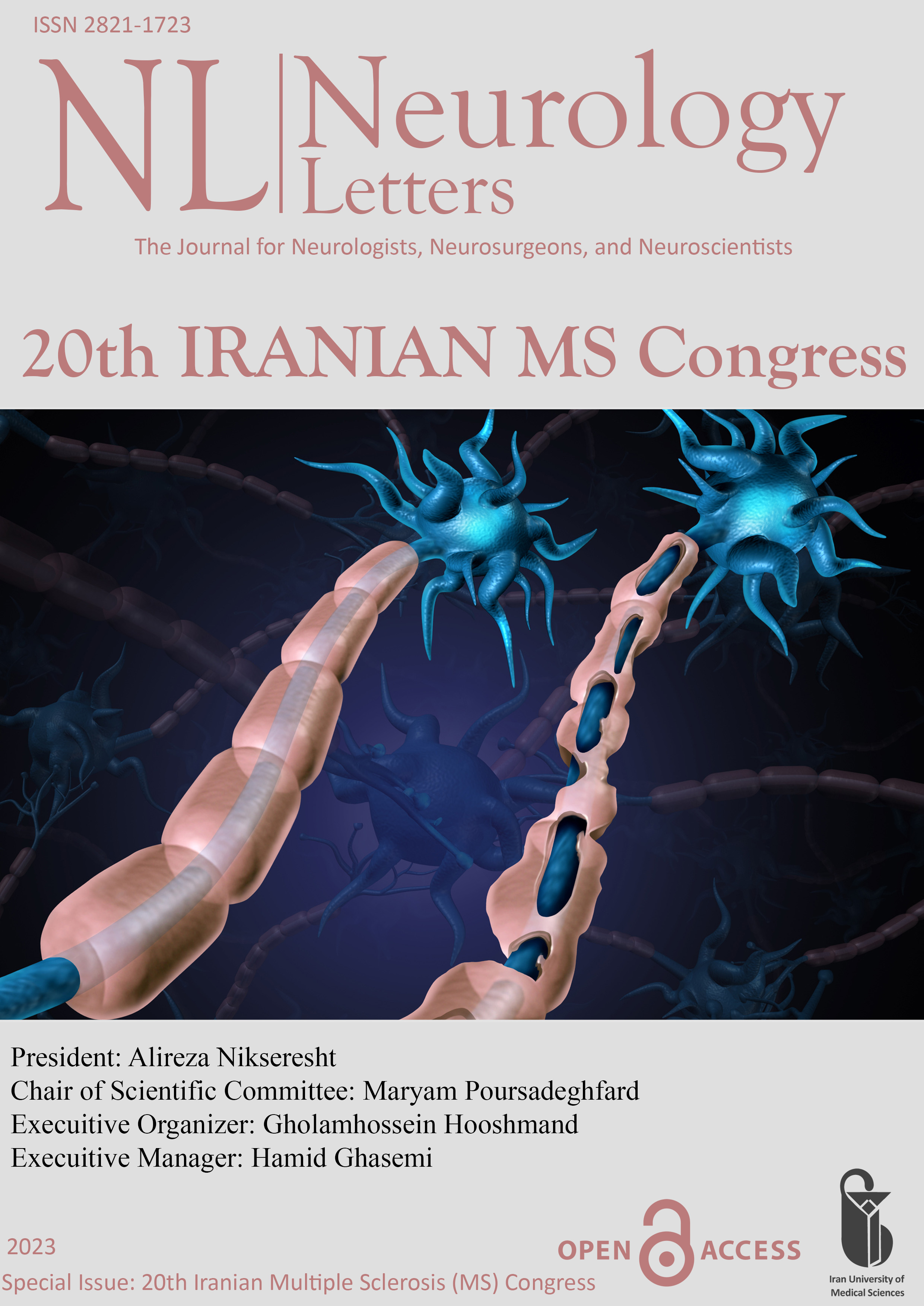Optic neuritis and autoimmune optic neuropathies (ORP-35)
Document Type : Oral Presentation
Author
Multiple sclerosis research center, Neuroscience institute, Tehran University of medical sciences, Tehran, Iran
Abstract
Optic neuritis(ON) is an inflammatory involvement of the optic nerve that is commonly indicative of autoimmune neurological disorders including Multiple Sclerosis (MS), Myelin-Oligodendrocyte Glycoprotein Antibody-Associated Disease (MOGAD), and Neuromyelitis- Optica Spectrum Disorder (NMOSD). Access to several serological markers makes a diversity of autoimmune optic neuropathies and can now be used to diagnose disorders that are distinct from MS-associated ON.
Epidemiological studies determine that in White ethnic origin people, MS accounts for about 50–80% of ON cases, and around 30% remain idiopathic. Due to NMOSD and MOGAD are more frequent causes of ON in the Asian population, with NMOSD accounting for 3·4–43·5% and MOGAD for 10·2–27·6% of ON cases. Other autoimmune optic neuropathies, such GFAP-associated meningoencephalomyelitis and CRMP5-IgG-associated autoimmunity are other less frequent etiologies. In this lecture, we will determine ON and other autoimmune neuropathies.
MS: The ON in MS is usually unilateral, with painful eye-movement, dyschromatopsia, contrast sensitivity loss, and visual field loss are common in MS-associated-ON. The pattern of visual field loss was quite variable, with central defects more common than peripheral defects. It’s not often sever with good recovery.
Atypical ON: Childhood or elderly onset, severe vision loss, prominent optic disc edema, poor visual recovery, recurrence after steroid treatment, and steroid dependence are features that point to atypical ON, prompting serologic testing for NMOSD and MOGAD. Less frequent causes are CRION, GFAP, and CRMP5.
NMOSD: NMOSD-associated ON accounts for around 3% of ON in studies related to white patients, but is up to tenfold in blacks and Asians. It often involves long segments of the optic nerve on MRI and commonly involves the optic chiasm. Around 30% of patients becoming legal blind, and nearly 70% in patients with recurrent ON attacks.
MOGAD: Optic disc edema is present in a majority (~80%) of the cases, which can be severe and associated with peripapillary hemorrhage. Radiographically, long segments of optic nerve enhancement with perineural enhancement.
CRION: A steroid responsive but steroid-dependent idiopathic ON. It can affects any age, sex, and ethnicity, although it most frequently affects young to middle-aged women. CRION can cause bilateral vision loss, either simultaneous or sequential. CRION is both rare and a diagnosis of exclusion, and requires negative testing for autoimmune disease, sarcoidosis, MS, NMOSD, MOGAD, as well as other causes of optic neuropathy.
GFAP: Coexisting immune system stimulation is common, including infection, autoimmune disease, and malignancy. No known ethnicity or sex bias, but typically affects middle-aged adults. The optic neuropathy is typically painless, bilateral, and associated with optic disc edema. Visual acuity is usually preserved, with a HCVA of 20/30 or better. There may be accompanying verities and venular leakage on fluorescein angiography. Optic nerve enhancement is typically –but not always- absent.
CRMP5: Up to 20% of CRMP5-IgG-associated paraneoplastic syndromes are associated with optic neuropathy, which is usually painless, subacute, bilateral, and associated with optic disc edema and nerve fiber layer hemorrhages, although the optic nerve is typically non-enhancing on MRI. Nystagmus, diplopia, and opsoclonus have also been reported in association with CRMP5-IgG autoimmunity. The clinical triad of papillitis, vitritis, and retinopathy although helpful in diagnosis but is not always present.
Keywords
 Neurology Letters
Neurology Letters
